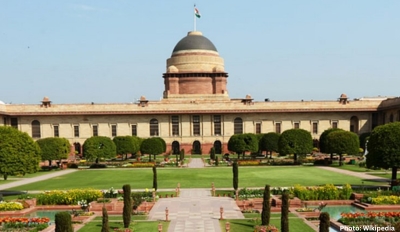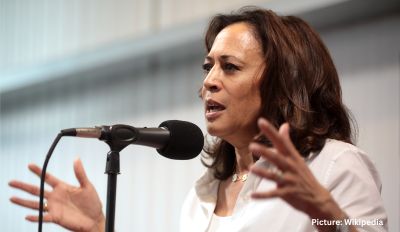**Butter Chicken: The Epic Legal Battle**
A dish adored worldwide, butter chicken finds itself entangled in a legal dispute between two of India’s oldest eateries.
On a scorching day in Delhi, Gulati, nestled near the picturesque Agrasen ki Baoli stepwell, was inundated with patrons craving its famed butter chicken.
As the restaurant bustled with activity, diners from all walks of life indulged in this culinary masterpiece, including a trio of chefs in their whites, office-goers, and even curious German tourists.
Ironically, this beloved delicacy, often savored at festive occasions, is now the focal point of a legal clash between two venerable Indian restaurants.
The origins of butter chicken trace back to a pre-partition era, where Mokha Singh, proprietor of Moti Mahal in Peshawar, concocted the dish. Following partition, Singh, along with Kundan Lal Gujral, Kundan Lal Jaggi, and Thakur Das Mago, migrated to Delhi, where they introduced their rendition of butter chicken at a restaurant in Daryaganj.
This culinary innovation quickly gained popularity, gracing the tables of dignitaries and becoming a staple at state banquets. However, financial strains led to the sale of Moti Mahal after Gujral’s demise. Nevertheless, his descendants established Moti Mahal Delux, asserting their grandfather’s sole proprietorship of the recipe.
In a surprising turn, Jaggi’s grandson launched Daryaganj in 2019, claiming lineage to the original inventors of butter chicken. This move sparked a legal feud, with Moti Mahal Delux and Gujral’s grandson, Monish, contesting Daryaganj’s appropriation of the dish’s invention.
Amidst the legal tussle, Amit Bagga, CEO of Daryaganj, defends their right to the tagline, citing a trademark certificate obtained in 2018 and asserting shared ownership of the restaurant where butter chicken was conceived.
The exact origins of butter chicken remain shrouded in ambiguity, with Bagga suggesting it likely stemmed from a collaborative effort. Bagga recounts Jaggi’s account of its accidental creation, attributing it to their innovative use of leftover tandoori chicken and a blend of fresh tomatoes, butter, and spices.
The evolution of butter chicken has been remarkable, transcending its humble beginnings to inspire inventive variations like the Butter Chicken Cocktail and butter chicken pizzas.
As the legal battle unfolds, opinions vary on the ownership and historical significance of the dish. Dr. Neha Vermani from the University of Sheffield questions the notion of individual ownership, emphasizing the collective effort and historical context that shape culinary traditions.
Despite the controversy, Bagga remains optimistic, viewing the publicity as a boon for business. He acknowledges the surge in sales and asserts that the quality of their butter chicken speaks louder than any legal claim.
In the realm of food, where flavors blend and traditions evolve, the saga of butter chicken serves as a reminder of the intricate tapestry of culinary heritage.










